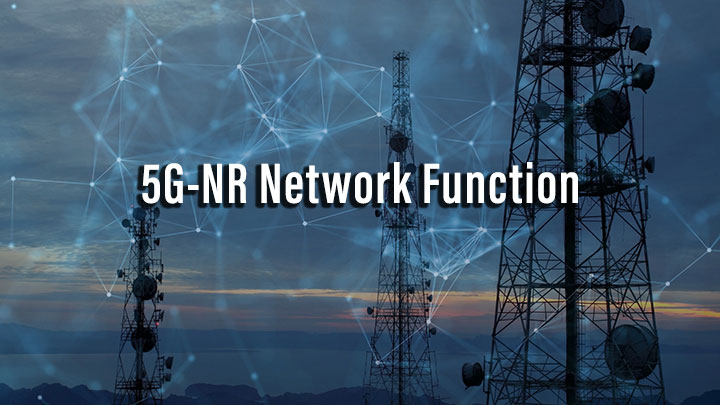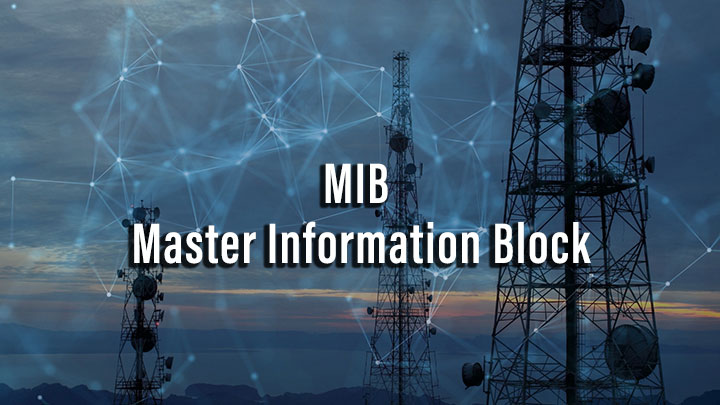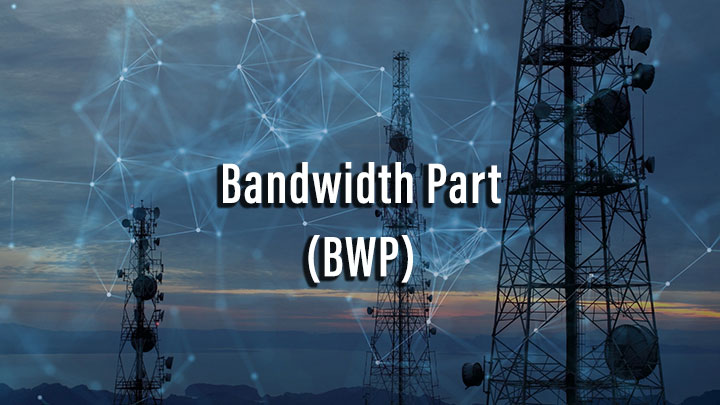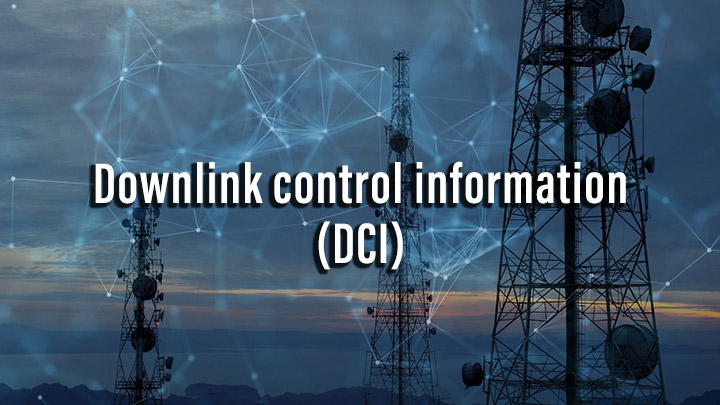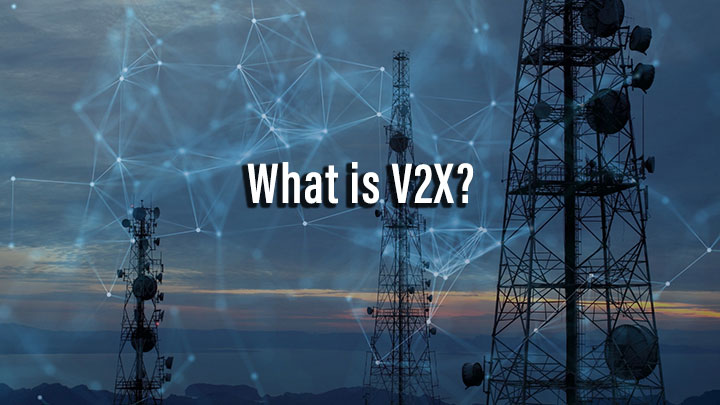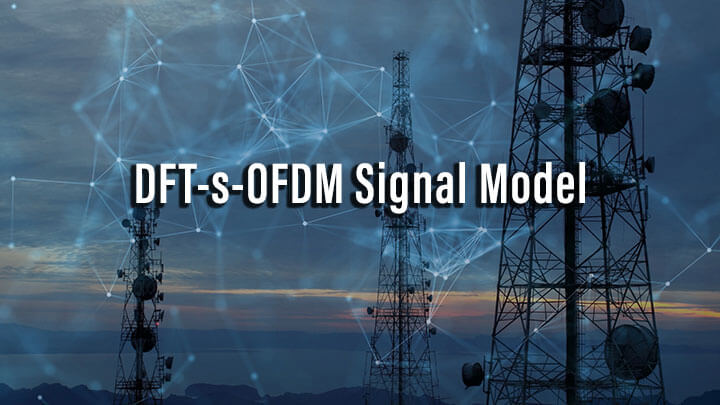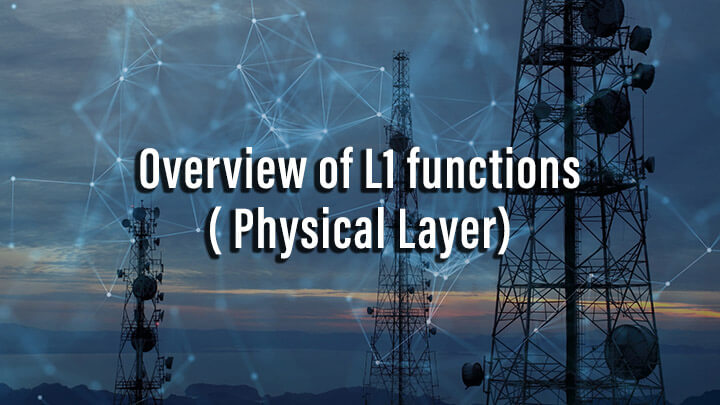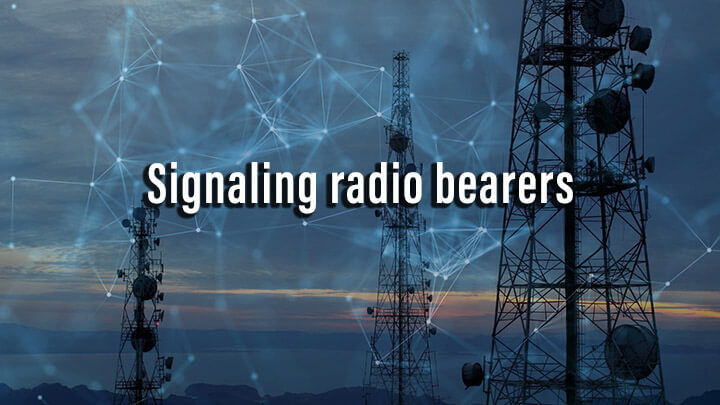5G-NR Network Function
The 5G System architecture consists of the following network functions (NF). Service-based interfaces: This Service based interface is connected to each interface. The 5G System Architecture contains the following service-based interfaces: SBI Interface Namf Service-based interface exhibited by AMF Nsmf Service-based interface exhibited by SMF Nnef Service-based interface exhibited by NEF Npcf Service-based interface…

